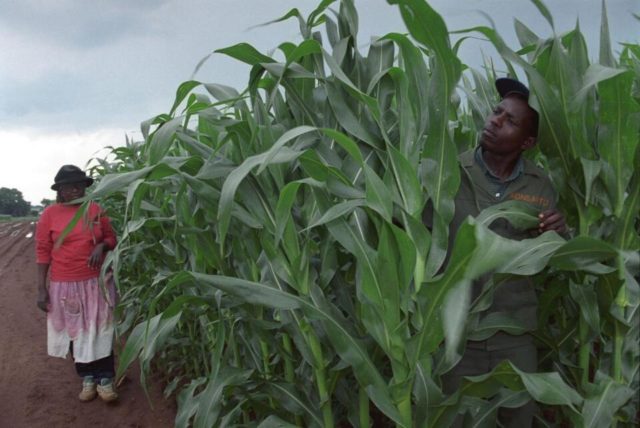But transformation remains slow with Black farmers constituting less than 10 percent of commercial producers.
THE AGRICULTURAL sector was likely to grow by over 6 percent this year after an already solid growth of 13.4 percent year-on-year last year, the Agricultural Business Chamber(Agbiz) said yesterday.
The association of agribusinesses chief economist Wandile Sihlobo said this expansion would likely slow to a long-term average of around 3 percent next year.
“The continuous favourable weather conditions, strong export activity and relatively higher commodity prices will remain critical catalysts for growth in this sector in the near term. While there remains uncertainty about the commodity price trajectory, the expected La Niña and associated dryness it typically brings to South America could prove to be a significant global price supporting factor and, in turn, boost the South African agricultural commodities market,” he said.
Agbiz said that with regard to the sector’s trade, South Africa had experienced numerous challenges at the ports through delays, theft of Transnet infrastructure, cyber-attacks, and general inefficiency, which called for a need to improve and modernise South Africa’s shipping ports.
However, Sihlobo said, despite this, agricultural exports had held on positively for the first half of this year. He said this year’s full-year exports were expected to surpass the 2020 levels of $10.2 billion.
“In the first half of 2021, agricultural exports amounted to $6.1bn, which is a 30 percent year-on-year increase. Compared with last year, the growth is partly because of base effects, as the first half of 2020 was affected by Covid-19 related disruptions to global supply chains. Still, the growth reflects rising export performance for various products,” he said.
The sector’s vibrance could be seen across the major sub sectors of the South African agricultural economy which included field crops, animal production and horticulture.
Sihlobo said they were confident that employment in primary agriculture could also remain elevated around the average long term of 852 000 people. In the second quarter, direct agricultural jobs recovered from a slump in the first quarter, by 9 percent quarter-on-quarter and 8 percent year-on-year to 862 000.
Sihlobo said while these near-term growth prospects supported the sector, unlocking the full growth potential over the long run would require policy interventions within the agriculture department, and across other government departments.
“The prerequisites for unlocking growth in the sector include a need for investment and expansion of irrigation infrastructure across the country. If done properly, it would have unlocked about 500 000 hectares for the horticulture sector– a labour-intensive sub sector.”
In addition, the government had to convert some underutilised land in communal areas and land reform projects for commercial production. This would have involved a transfer of land rights to beneficiaries so they could mobilise funding opportunities.
Also, the government needed to better support the commercialisation of the new entrant farmers instead of locking them into small farming enterprises. Unfortunately, none of these suggestions were implemented fully, said Sihlobo.
Agbiz said that the expansion observed in agriculture since 2012 had been led by private sector rather than the government. Sihlobo said that as a result, the discussion about the low levels of transformation in South Africa’s agriculture continues to linger.
The National Agricultural Marketing Council (NAMC) estimates that black farmers in South Africa still constitute less than 10 percent of commercial producers.
Sihlobo said that to address the low transformation challenge, the government had revived the high-level views of Chapter Six of the National Development Plan through its Agriculture and Agro-processing Master Plan.
The master plan involved social compacting between business, labour and government among other stakeholders. He said its major contribution was that it had managed to map commodity corridors through which expansion could take off, and clearly outline the types of investment and infrastructure needs in each area. “Still, this will need a full buy-in of all agricultural role players,” he said.
BUSINESS REPORT ONLINE








